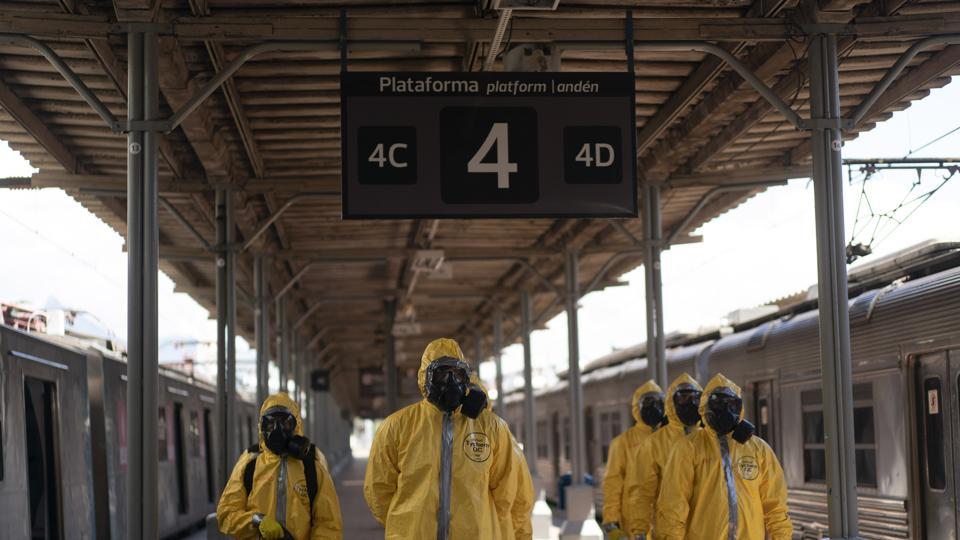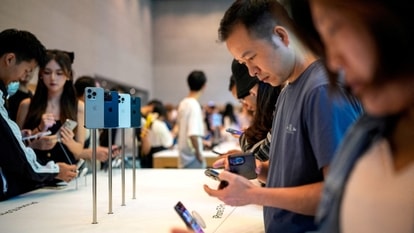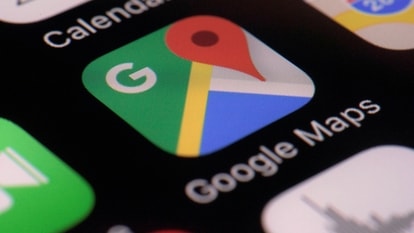How this Bengaluru-based startup helped in containing Wuhan outbreak
German technicians could not travel to Wuhan to install the devices and teach the medical staff in the state to use the. This is where a Bengaluru-based startup called BlinkIn came into picture.

China's Wuhan province, which is the heart of the ongoing coronavirus outbreak, will come out of quarantine on April 8. With the detection of new infections dropping to zero, the officials have started allowing the people to re-enter the region, which is now the ground-zero for the virus outbreak.
As per a study (via The Guardian), the lockdown in the state helped in stopping the fast-spreading virus. However, it was not just the restrictions in the state that helped in containing the situation.
The Chinese state deployed emergency medical centres to combat the outbreak. And ventilators from a German manufacturer, Huber & Ranner, played an important role in this. However, the German technicians could not travel to Wuhan to install the devices and teach the medical staff in the state to use the ventilators. This is where a Bengaluru-based startup called BlinkIn came into picture.
According to a report by LiveMint, Huber and Ranner used BlinkIn' augmented reality-based (AR) product, Scotty, to provide visual guidance from Pocking, Germany to the medical staff in Wuhan. All the hospital staff in Wuhan had to do to get the technical support was to click on a link.
What made Scotty an instant hit was the fact that unlike other AR-based platforms, BlinkIn's AR product is light and easy to deploy. Scotty uses WebGL, a JavaScript API, to render graphics on a compatible browser.
"WebGL lets you access a mobile phone's GPU (graphics processing unit) to run computer vision algorithms. That's how we bring AR experiences through the Web rather than a mobile app," CEO and co-founder of BlinkIn, Harshwardhan Kumar, told the publication.
"The idea behind a lightweight product like Scotty is to provide just enough AR for tech support "to get the job done then and there"," he added.
Catch all the Latest Tech News, Mobile News, Laptop News, Gaming news, Wearables News , How To News, also keep up with us on Whatsapp channel,Twitter, Facebook, Google News, and Instagram. For our latest videos, subscribe to our YouTube channel.


























